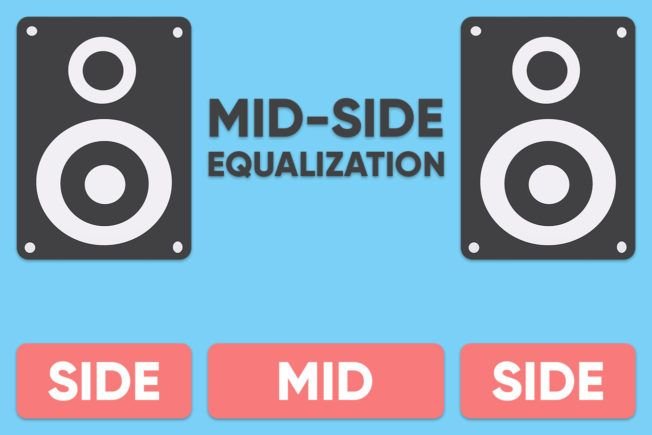Understanding Mid/Side EQ in Music Production
In the world of music production, clarity, depth, and spatial imaging are paramount. Achieving a mix that sounds great on any system, from high-end studio monitors to car speakers, requires not just skill but also the right tools and techniques. One such technique that has gained popularity among audio engineers and producers is Mid/Side (M/S) EQ. This post explores what M/S EQ is and how producers can use it to enhance their music production work.
What is Mid/Side EQ?
Mid/Side EQ is a powerful stereo imaging technique used in mixing and mastering that allows for separate equalization of the mid (mono) and side (stereo) components of a stereo signal. This technique offers a unique approach to manipulating audio, providing more control over the spatial aspects of the sound than traditional left/right EQ settings.
Mid (Mono) Channel: This consists of the information that is identical in both the left and right channels, often containing the core elements of a mix like vocals, bass, kick drum, etc. Manipulating the mid channel affects the center of the stereo field, enhancing clarity and presence without altering the stereo width.
Side (Stereo) Channel: This includes the differences between the left and right channels, representing the stereo information. EQ adjustments to the side channel can increase or decrease the sense of width and space in a mix, affecting elements like reverb, ambient sounds, and stereo-recorded instruments.
How Can Producers Use Mid/Side EQ?
1. Enhancing Clarity and Separation: By applying EQ adjustments to the mid channel, producers can enhance the clarity and focus of central elements like vocals and kick drums, ensuring they cut through the mix without being overshadowed by wide-panned instruments.
2. Creating Depth and Space: Adjusting the side EQ can dramatically affect the spatial perception of a mix. Boosting high frequencies on the side channel can add airiness and open up the mix, creating a sense of depth and three-dimensionality.
3. Controlling Stereo Width: Producers can use M/S EQ to control the stereo width of their tracks. Cutting low frequencies from the side channel can tighten the bass and make the mix sound more cohesive, while boosting certain frequencies can enhance the stereo spread, making the track feel larger and more immersive.
4. Solving Mix Problems: M/S EQ can be a solution to common mix problems. For instance, if a mix sounds muddy but only in the stereo elements, applying a high-pass filter to the side channel can clean up the mix without affecting the mono components.
5. Mastering: In the mastering stage, M/S EQ is invaluable for making subtle adjustments that can make a track sound more polished and translate better across different playback systems. It allows for fine-tuning the balance between the mono and stereo content, ensuring the track sounds good both on mono devices and in stereo.
Tips for Using Mid/Side EQ
Start with Subtle Adjustments: M/S EQ can have a profound impact on the mix. It's advisable to start with subtle adjustments and gradually tweak as needed.
Monitor on Different Systems: Always check how your EQ adjustments translate across various playback systems to ensure your mix maintains its integrity in different listening environments.
Use Quality Plugins: While many DAWs come with built-in M/S EQ capabilities, investing in a high-quality third-party plugin can offer more flexibility and better sound quality.
Conclusion
Mid/Side EQ is a powerful tool in the music producer's arsenal, offering unparalleled control over the stereo field of their mixes. By understanding how to effectively use M/S EQ, producers can achieve more balanced, dynamic, and spatially intriguing mixes. As with any technique, practice and experimentation are key to mastering its use. Happy mixing!




